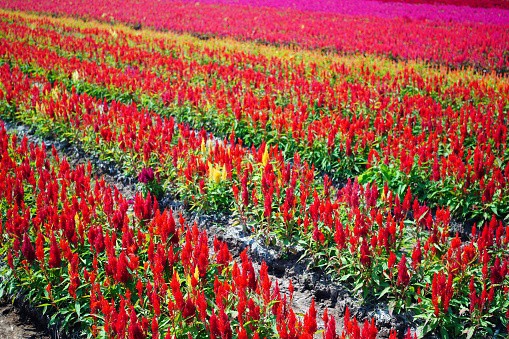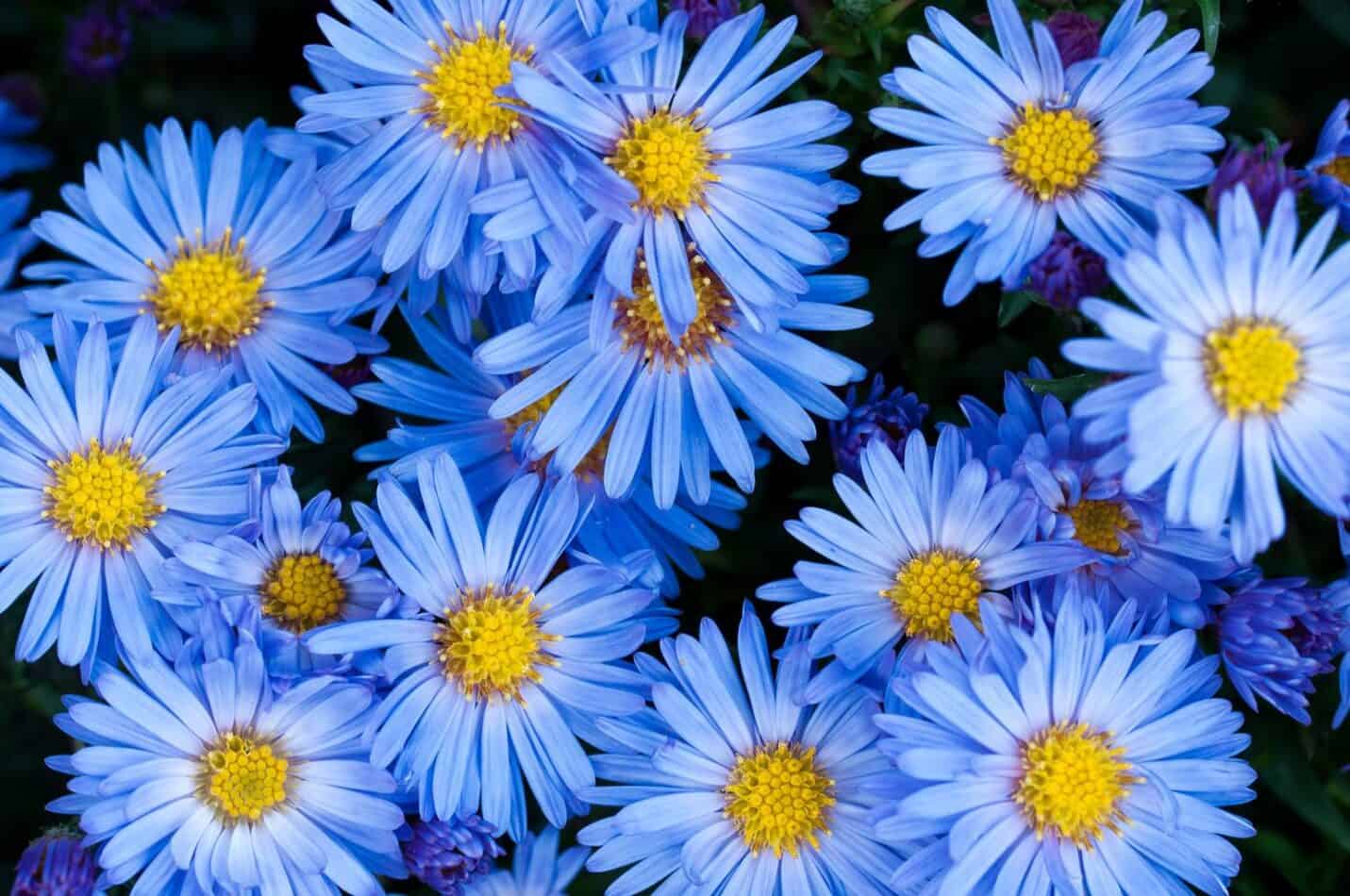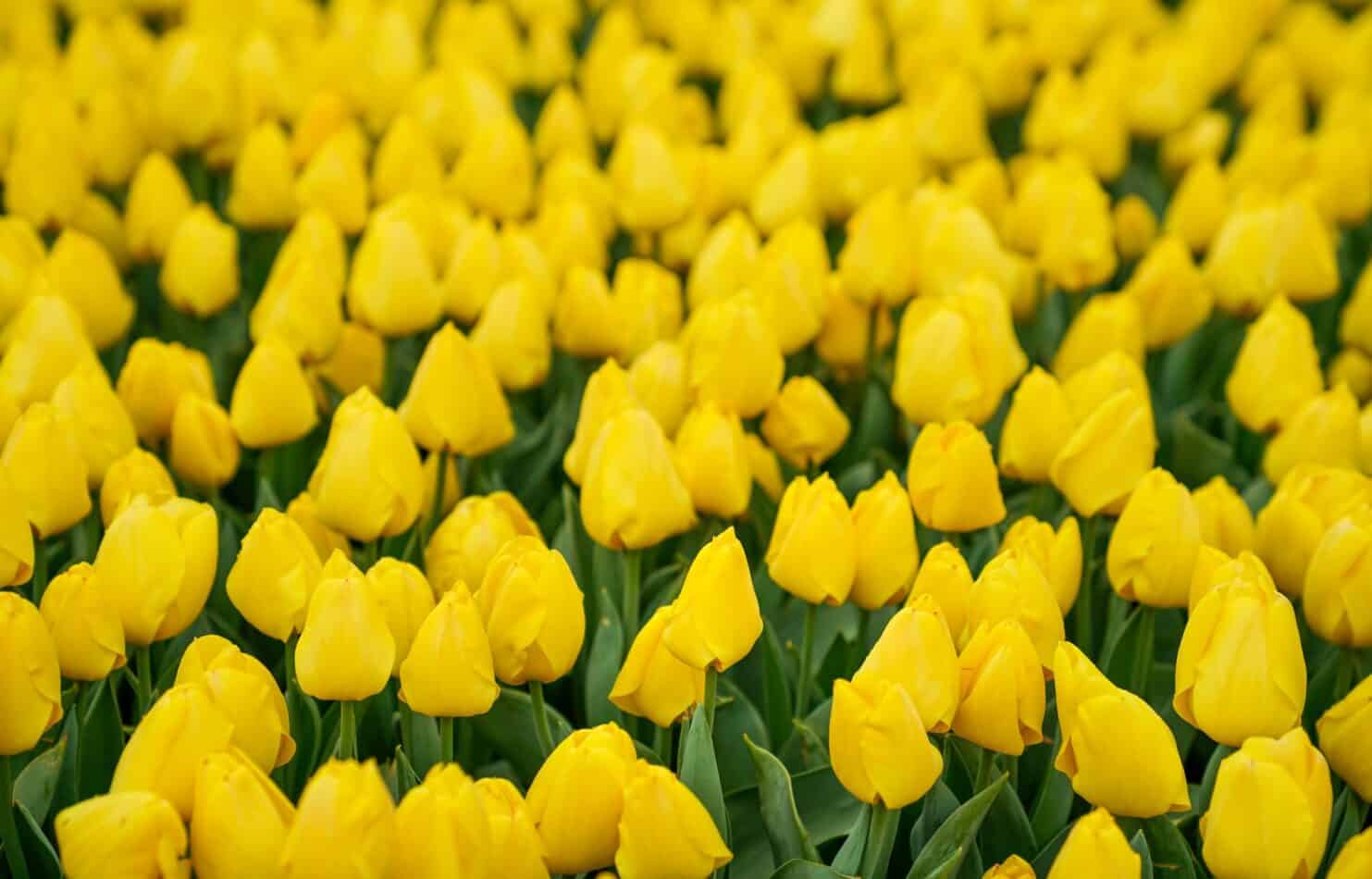Cockscomb, also known as Celosia cristata, is a unique and fascinating plant known for its brightly colored and distinctive flowers. With a long history of use in ornamental gardens and cultural celebrations, the Cockscomb is a popular choice for gardeners looking to add a touch of vibrancy to their landscapes. In this article, we’ll explore the characteristics, growing conditions, and care requirements of the Cockscomb and its close relative, Celosia cristata.
Etymology of Celosia Cristata
Celosia cristata is commonly known as cockscomb, as the flower head is shaped in a way that resembles a rooster’s comb. It is related to the amaranth family, former balsam family, and has a number of species, of which C. crested and C. platycephala are the most widely grown, known more often as garden cockscomb. The Celosia Cristata’s scientific name references the crested shape, cristata meaning “crested” or “comb-like” in Latin, as the flower heads are brightly coloured and look similar to a rooster’s comb. Spikes are usually two to three inches long, and they are typically bright red, pink and purple, but they can also be yellow, bronze and orange.
How to Plant and Grow Cockscomb
Growing cockscomb is quite easy and makes for an interesting addition to any garden. Cockscomb prefers temperatures within the range of 13°C to 30°C. Cockscomb does well in full sun, but is also fine with light shade, though this may reduce the amount of flowers produced. To promote good growth, sandy or loamy soil with a pH level of 6-7 is best. Ensure that it is well-draining, as soggy soil will no doubt result in wilting or declining plant health. For container-grown specimens, use a potting mix of sand and compost.
Water the plant well whenever the soil is starting to become dry – usually once or twice a week when plants are actively growing. Feed the plants a soluble fertilizer once a month during the summer months. Cutting off the finished flower heads helps the plant to look neat, and will also encourage further flowering.
Meaning and Symbolism
In general, Celosia Cristata symbolize change and resilience, which is why they are often used to celebrate groundbreaking events and moments. The cockscomb blooms that rise up and appear to touch the sky represent faith climbing up to heaven, taking off limitations and no longer bound by your earthly version. As such, cockscomb is often associated with ambition and rising above the ordinary.
History, Mythology, and Religious Significance
In Ancient Greece, cockscomb was associated with Aphrodite, the goddess of love, beauty, and fertility. She was sometimes depicted with a rooster’s comb in her hand, symbolizing the energizing force of the sun. Along with serving as offerings to the gods, Celosia Cristata petals were also used to dress images of sacred figures.
The Celosia Cristata flower symbolizes love, courage, and vitality to Hindu followers in India. Featuring in many Hindu ceremonies and religious rituals, it is believed that the offering of its petals brings purity to these ceremonies. Bhutanese Buddhists use its leaves as a component of some religious statutes.
Flower Varieties and Their Defining Characteristics
Celosia Cristata comes in a variety of forms, and range from tall, ornamental varieties to shorter, compact ones with an abundance of tight flowers. Plants can reach heights of 30cm to 120cm, depending on the variety.
Celosia Cristata Argentea is a tall spiky cockscomb and usually has variegated white, yellow, pink and purple leaves. The Argentea variety bears orange-red flowers and can grow up to 1-2 meters in height.
A stunning variety of Celosia Cristata is Celosia Cristata Spicata, which forms a dense pyramidal shape. The lush foliage is fern-like and holds bright, densely packed and colorful flowers. The flowers range in color, but typically come in shades of pink, yellow, and red and can reach a height of up to 90 cm.
Celosia Cristata Plumosa is a low-growing ornamental variety, bearing large, pink or red head plumes. The flower heads are up to 15cm across and the plant can reach heights up to around 50cm.
How to Pot and Repot Cockscomb
When potting and repotting, be sure to use good potting soil, made for outdoor gardens. Mix in a slow-release fertilizer and water your Cockscomb promptly; otherwise, it can go into shock. Make sure the container’s drainage holes are clear and that your Celosia is planted in a pot size that is proportionate to the size of the plant, taking into account its height and spread.
If you need to repot your Celosia, take care to loosen the roots gently to avoid causing damage to them. When placing your plants back into the pot, gently compact the soil. Fill up the pot with water, wait until the water drains out, and then top the soil gently with a thin layer of organic compost.
How to Prune
When it comes to pruning your Celosia, the best time to do this is after its spring flowering. Pruning ensures healthy growth and encourages a good blooming lifespan. To prune;
• Select a few branches from the base of the plant and snip them back.
• Make sure to cut the stems with a sharp, clean pair of scissors and make perpendicular cuts
• Prune the middle and long stems lightly
• Cut the dead flower heads off for a tidier looking plant
How to Propagate Cockscomb
Propagating Celosia cristata is relatively easy to do. There are two ways: by stem-cuttings or by division. When stem-cutting, first snip off a section of stem that contains some of the leaves. Dip the stem in rooting hormone, if desired, and insert the cutting into moistened soil mix or a mix of vermiculite and perlite. If you wish to propagate the plant by division, separate the clump carefully and plant each division in its own pot.
Common Pests and Diseases
Celosia Cristata can suffer from common garden pests such as aphids, thrips, whiteflies and mealybugs. Keep a watchful eye on your plants and spider webs, which can indicate the presence of pests. To prevent pest damage, spray the plant with a mild soap or neem oil solution. Be vigilant and trim off any affected parts of the plant.
When it comes to plant diseases, Celosia Cristata is quite resistant, however, it can sometimes suffer from fungus, powdery mildew, and root rot. To reduce the risk of fungus and fungal diseases, ensure that there is adequate air circulation within the garden. Prune regularly and make sure you wait until the soil is dry before watering. Root rot can be caused by overwatering so make sure that your Cockscomb are in well-draining soil.
Frequently Asked Questions About Celosia Cristata
Q: How long does Celosia Cristata last?
A: Depending on the variety, Cockscomb will last for several months in your garden or home, however; they are annuals, meaning they live for just one season.
Q: How often should I water my Celosia Cristata?
A: Generally, it is best to water your Celosia Cristata when the top inch of the soil starts to dry.
Q: How much sun does Celosia Cristata need?
A: Celosia Cristata prefers part shade to full sun in order to thrive. If planted in too much shade, it will not flower as much.
Table Fact Sheet
| Name | Celosia Cristata |
|---|---|
| Family | Amaranthaceae (Formerly Balsaminaceae) |
| Plant Type | Annual |
| Mature Size | Varies from 30 cm to 1.2m |
| Sun Exposure | Part shade to full sun |
| Soil Type | Well Draining soil (Ideally Sandy or Loamy) |
| Soil pH | 6-7 |
| Bloom Time | Generally, summer and early fall. |
| Flower Color | Usually red, pink and purple but also yellow, bronze and orange. |
| Hardiness Zones | 2-11 |
| Native Area | Northern Africa, South Asia and Southern Europe |
What we love from Amazon this week
Buy these wonderful flowers directly from Amazon:















